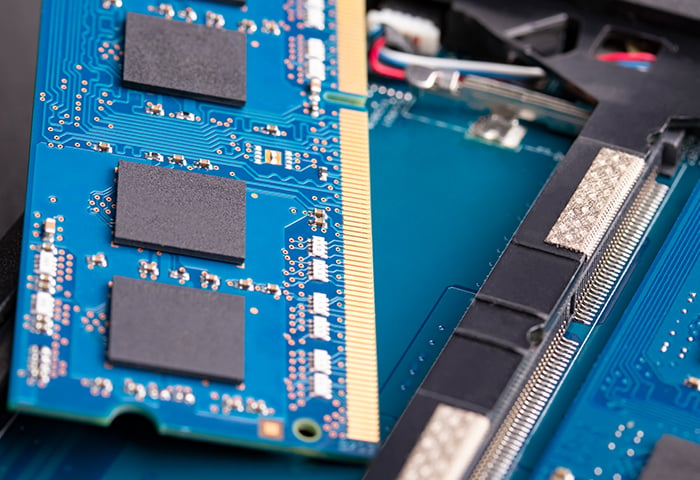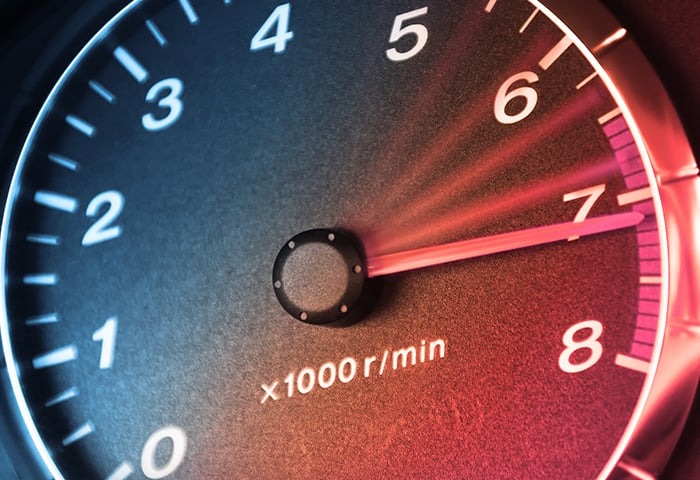Whether you're working from home or from the office, streaming content online or simply browsing the web, slow web speeds are no fun. There are many reasons why your internet is slow and, thankfully, plenty of remedies, but we’ll keep it simple here. The following five steps should help you figure out why your internet is slow – and what to do about increasing your internet speed.
1. “It’s not you, it’s them!”
Sometimes everything is perfectly fine with your internet connection. But not with your internet service provider (ISP) or the websites you’re trying to visit. To check these, try visiting the service status sites from your provider or the sites for the online service you’re trying to reach. For example, if my OneDrive or Office Online accounts aren’t responding, I check the Microsoft service status website. If my Steam has any outages or performance problems, I check Steam stats. If Skype is down, this is the address.
 Microsoft service status
Microsoft service status
Of course you can’t be expected to locate and bookmark every status site for every service you use – and for many they don’t exist! In these cases, simply Google about outages using terms like “X down” or “X outage”. Then filter the results for the past day or hour:
Google advanced search
Just go to “Search tools” and filter by “Past hour” or “Past 24 hours”. And Voilá! If you see results, it’s usually because someone else has posted a question on a company forum or on Reddit, asking if the service is down. If it is, there will be responses, often from the company saying they’re working on a solution.
If all that fails, go to DownDetector.com, which provides a list of services and user problems. For instance:
 Pokemon Go stats page
Pokemon Go stats page
If service is the issue, our advice: Wait! If the company has a reputation to lose, they’ll get their service up and running again ASAP.
2. Your connection speed may be off
It’s almost become a ritual of mine: Whenever I experience slowdowns or connect to a new network, I check its speed with www.speedtest.net:

It’s a quick test; and shows you how fast your connection is and whether it delivers what your provider promises. If it’s below what they promised you, give them a call (and mention you’re looking at other providers who deliver what they claim they will).
3. Bandwidth hogs are slowing you down (Win10 only)
If my download starts fast (e.g. at 5-6 MB/sec) and then slows down to just a few hundred kilobytes per second, that’s usually a sign that another PC or a program on my PC is completely absorbing my available bandwidth. Luckily, Windows 10 offers an easy way to find these hogs. Just right-click on your taskbar, click on Task-Manager and then click on the Network tab to sort running programs by bandwidth usage:
 Windows Task Manager
Windows Task Manager
In this example, Steam was downloading an update for a game in the background, completely clogging my bandwidth and slowing down all other online activity. If you don’t need whatever is eating up your bandwidth, then you should turn it off or uninstall it completely.
To see how much data each program has used, click on the Start Icon in the lower left corner, then click on the little cog (Settings). This will open up the Windows 10 settings app. Go to Network and Internet, then over to Data usage. Look at the list of most traffic-hungry apps and see which of these apps you can shut down in the future.
 Windows Settings' usage details
Windows Settings' usage details
4. Your router needs a tune up
Your router is the gateway to the internet. If it’s not in the right spot or properly configured, you’re wasting precious online speeds. That’s why we wrote how to optimize your router a while ago: How To Boost Your Home Wi-Fi Signal.

Check it out to see how you can get more from your router.
 Windows Edge's settings to clean the browser's data
Windows Edge's settings to clean the browser's data
Or you can use a more thorough approach by using our AVG PC TuneUp Browser Cleaner (get the trial version here). It detects and cleans more deeply than in-browser tools – and do so automatically every three days.

 Microsoft service status
Microsoft service status Pokemon Go stats page
Pokemon Go stats page
 Windows Task Manager
Windows Task Manager Windows Settings' usage details
Windows Settings' usage details
 Windows Edge's settings to clean the browser's data
Windows Edge's settings to clean the browser's data













